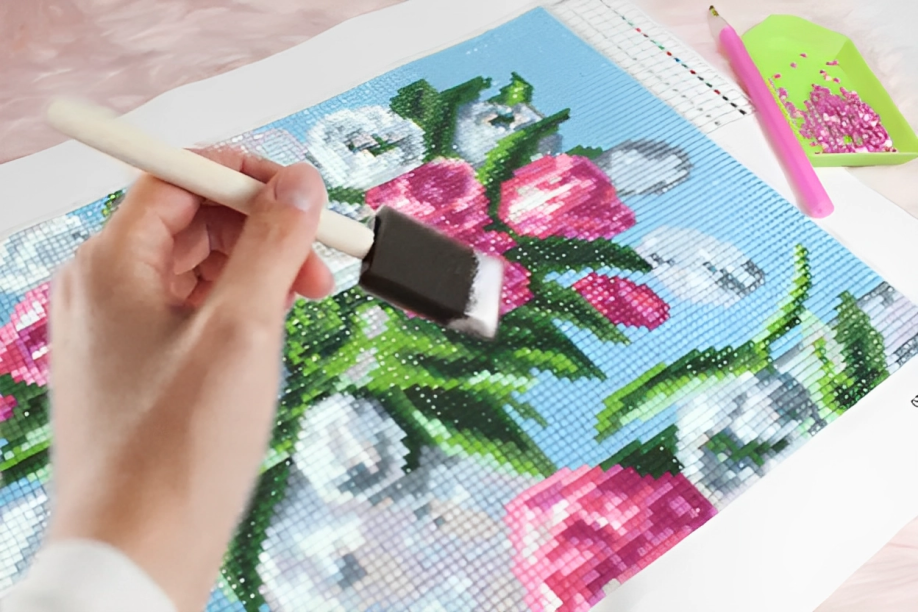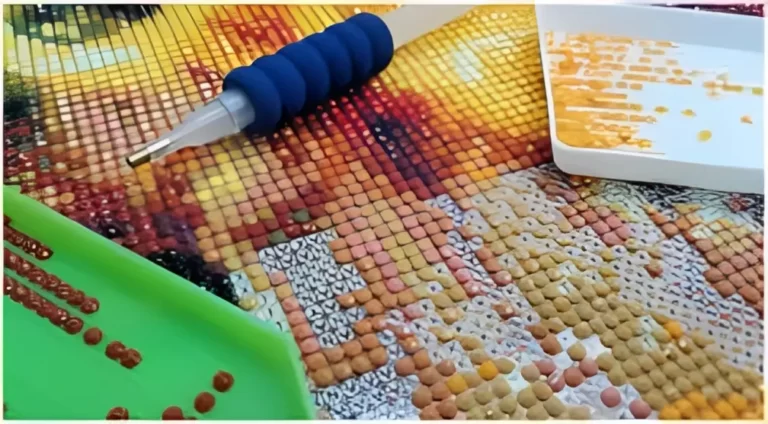What Can I Use to Cover a Diamond Painting?
Diamond painting is a popular craft activity that involves creating beautiful artwork by placing tiny resin diamonds onto a pre-printed canvas. It requires time, effort, and precision to complete a diamond painting, and once finished, it deserves proper care and protection. One question that often arises is, “What can I use to cover a diamond painting?” In this article, we will explore various options for covering diamond paintings to ensure their longevity and preservation.
Purpose of Covering a Diamond Painting
Covering a diamond painting serves several important purposes. Firstly, it provides protection from dust, dirt, and other potential sources of damage. By covering the painting, you can keep it clean and prevent any unwanted particles from settling on the surface. Additionally, covering the painting helps preserve the integrity of the diamond beads, preventing them from becoming loose or dislodged over time. Lastly, a cover ensures the long-term durability of the artwork, allowing you to enjoy and display it for years to come.
Options for Covering a Diamond Painting
There are several options available when it comes to covering a diamond painting. The choice depends on personal preference, budget, and the desired display style. Here are some common options:
Plastic Film or Wrap
Plastic film or wrap is a cost-effective and easy-to-use option for covering diamond paintings. Clear plastic film, such as cling wrap, can be carefully applied to the surface of the painting, creating a protective layer. Adhesive-backed plastic wrap is another option, providing a more secure and long-lasting cover.
Glass or Acrylic Sheet
Using a glass or acrylic sheet to cover a diamond painting offers a more permanent and professional-looking solution. Clear glass provides a traditional and elegant display option, while a clear acrylic sheet offers a lightweight and shatter-resistant alternative. Both options offer excellent clarity, allowing the diamond painting to shine through.
Frame with Protective Cover
Framing a diamond painting not only adds a decorative touch but also provides a built-in protective cover. Traditional picture frames can be used, with the addition of a clear glass or acrylic cover. Magnetic frames offer a convenient and easy way to secure the painting and provide a protective barrier. Floating frames, which create the illusion of floating artwork, can also be used with a protective cover.
Factors to Consider When Choosing a Cover
When selecting a cover for your diamond painting, there are several factors to consider. First and foremost, you need to ensure that the cover is suitable for the size and dimensions of your painting. It should fully cover the artwork without overlapping or leaving any exposed areas. Budget is also an important consideration, as some options may be more affordable than others. Lastly, take into account your aesthetic preferences and the intended display style, as the cover should complement the overall presentation of the artwork.
Steps to Cover a Diamond Painting
Covering a diamond painting can be done with a few simple steps. Here’s a general guide to help you:
Maintenance and Care for Covered Diamond Paintings
Once your diamond painting is covered, it’s essential to properly maintain and care for it. Regular cleaning of the cover is important to remove any dust or fingerprints that may accumulate over time. Use a soft, lint-free cloth or a gentle cleaning solution to wipe the cover gently. Avoid using harsh chemicals or abrasive materials that could damage the cover or the painting itself. When not on display, store the covered diamond painting in a cool and dry place, away from direct sunlight or extreme temperatures.
Tips and Recommendations
Here are some additional tips and recommendations for covering diamond paintings:
Conclusion
In conclusion, covering a diamond painting is an important step in preserving its beauty and ensuring its longevity. By choosing the right cover option and following proper maintenance practices, you can protect your diamond painting and enjoy it for years to come.





